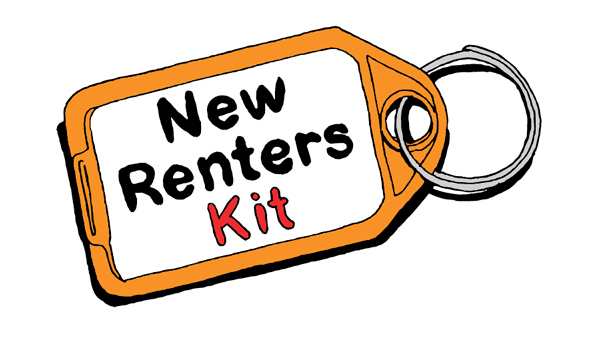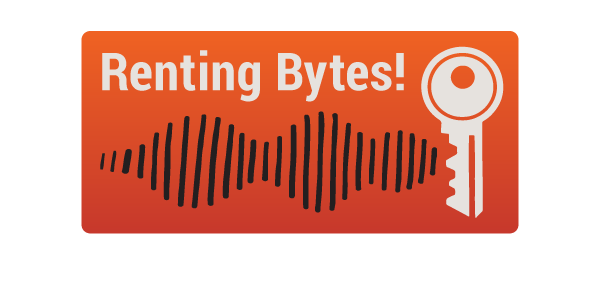What does mortgages data tell us about the impact of rental reform on investment?
Jack Moon • 12/09/2024
Whenever reforms to introduce regulations and strengthen rights for renters are proposed, it’s not long before articles appear quoting property developers, investment groups, and real estate lobbyists who argue that such changes will harm investment. This, they say, will in turn reduce supply and therefore ultimately hurt renters. Recent reforms in Victoria have faced this argument, including the partial reforms to no-grounds evictions in 2021 and the introduction, more recently, of some minimum energy standards for all rentals with proposals to go further currently under consultation.
Recent media claims:
"Victoria is in the grips of a rental crisis... but it is leading the charge with restrictive, unfair and inefficient legislative reforms that adversely impact property investors."
"investor groups blaming interest rates, increased land taxes, and the scrapping of no-fault evictions... disincentivising investors could reduce home building"
- Victoria’s landlord reforms: Who wins and who loses?- Real Estate Business
"It’s up in the air as to whether the reforms will benefit or hurt renters"
A July report by the ABC is just one example of this. The report initially cites a 7 per cent drop in annual investor lending in Victoria at the end of 2023, whilst up 5% in QLD and up nearly 30% in WA. This is later followed up with reasons for investors leaving the market, which include changing laws around renter protections, attributed to investor groups and a survey of property investors. We can explore the investor lending data mentioned here to see if there’s evidence that tenancy reforms have influenced new investor lending.
The Data
The ABS provides monthly statistics on the total number and value of new housing mortgages taken out by investors and owner occupiers for every state and territory. Additionally, since 2019, it provides a breakdown of the purpose of these mortgages, i.e. for the purchase of an existing dwelling, construction of a dwelling, purchasing a newly built dwelling, purchasing land and renovations.The dashboard below shows the monthly real value of new investor mortgages displayed on a log scale, so that all states and territories can be seen clearly.
The first thing to notice is that changes in investor lending are fairly uniform across all jurisdictions. Investor lending tends to rise and fall simultaneously, regardless of the state or territory where the mortgage is written. This suggests that the majority of change is driven not by state-level tenancy legislation but by broader, national economic factors, such as interest rates or the imposition or removal of investor lending limits etc.
When we consider changes like the removal of no-grounds evictions in Victoria in April 2021, the RTA reforms in NSW in 2010, or the removal of no-grounds evictions for periodic agreements in Queensland in October 2022, there's no clear evidence of these having a major or even moderate impact on new investor lending. After these major reforms, all these jurisdictions have followed similar trajectories to other states. In the case of Victoria, we preformed a statistical analysis and found there was no impact of no-grounds reform on investment, which you can read about further here.
Given that each market varies in size, viewing states' annual growth rates offers a more direct and nuanced comparison. This approach again reveals that change is generally uniform across all jurisdictions, with all states currently in a period of growth. However, Victoria has been diverging gradually from the national average for roughly a year and now holds the weakest growth of all jurisdictions, with the national annual change being around 3.5 times larger. While this difference may fall slightly outside normal variations, it remains small compared to overall national trends.
Investor Mortgages ─ Annual Change
Is this really evidence that investors are fleeing Victoria? If so, it's fairly lacklustre, showing only slightly weaker-than-average growth. Still, we can dig deeper into the data to see if this trend is consistent across all types of mortgages.
What are the mortgages for?
The different types of mortgage can indicate very different things for the sector. Mortgages for purchasing existing dwellings simply transfer ownership without adding to the overall availability of homes. When one investor sells to another, especially with vacant possession, the outcome can be detrimental—often resulting in tenant evictions and the property being relisted, typically at a higher rent. Fewer existing homes changing hands could therefore be seen as a positive outcome for renters, but not for the reason the industry claim (that lower turnover increases supply and reduces rents) but instead because of the reduction in unnecessary and expansive moves. In contrast, an increase in investor mortgages for construction can have a tangible benefit, as they create new properties that add to the housing supply.
A breakdown of the share of total mortgage value by purpose and state over the last six months reveals how these new mortgages are being used. In all states, the majority of mortgages are for purchasing existing properties. Victoria currently has the lowest share of mortgage value going toward purchasing existing property (68%) and the highest share going toward new construction (20%). This trend isn't new; a look at the past five-year average shows a similar pattern, with 72% of mortgage value directed towards purchasing existing property and 14% towards construction, though the difference wasn't as pronounced.
Interestingly, in New South Wales, which has been hit hardest by the rental crisis, the opposite trend is observed. NSW currently holds the highest share of new mortgages for purchasing existing properties (79%) and the lowest share, by a significant margin, for building new properties (8%).
Looking at the annual change of both mortgages for purchasing existing property and mortgages for construction of a new property sheds some light on how Victoria got to this position. The past years trend displayed in annual growth in all Victorian investor mortgages (above) is mirrored when just looking at mortgages for the purpose of purchasing existing properties. A slow departure from the national average over the past year has resulted in Victoria holding the weakest growth in these types of mortgages. This is not shared at all by mortgages for the purposes of constructing new properties, with Victoria sitting right on the national average growth.
Purchasing existing dwellings
Construction of new dwellings
Conclusion
Not all types of private investment should be viewed the same. Most investment involves the transfer of ownership of existing properties. If a decrease in this type of investment is due to stronger rental regulations, it suggests fewer landlords—those concerned with maintaining healthy homes and providing secure tenure—are entering the market. A shift that would ultimately benefit renters.
When it comes to investment in construction, claims like "... disincentivising investors could reduce home building" clearly lack supporting evidence. Despite this, such claims are likely to continue, as financial incentives for making them are clear. More concerningly, property development and landlord interest groups are so often given a platform to make these claims freely and frequently, with little to no evidence to back them up.
The bigger issue lies in the fact that new public housing is being built at only one-eighth the rate it was 40 years ago, leaving us increasingly dependent on private groups for new housing supply. Housing is an essential service, and relying so significantly on the boom-and-bust cycles of the private market unfairly impacts renters, who bear the brunt of these fluctuations in their day to day lives.




